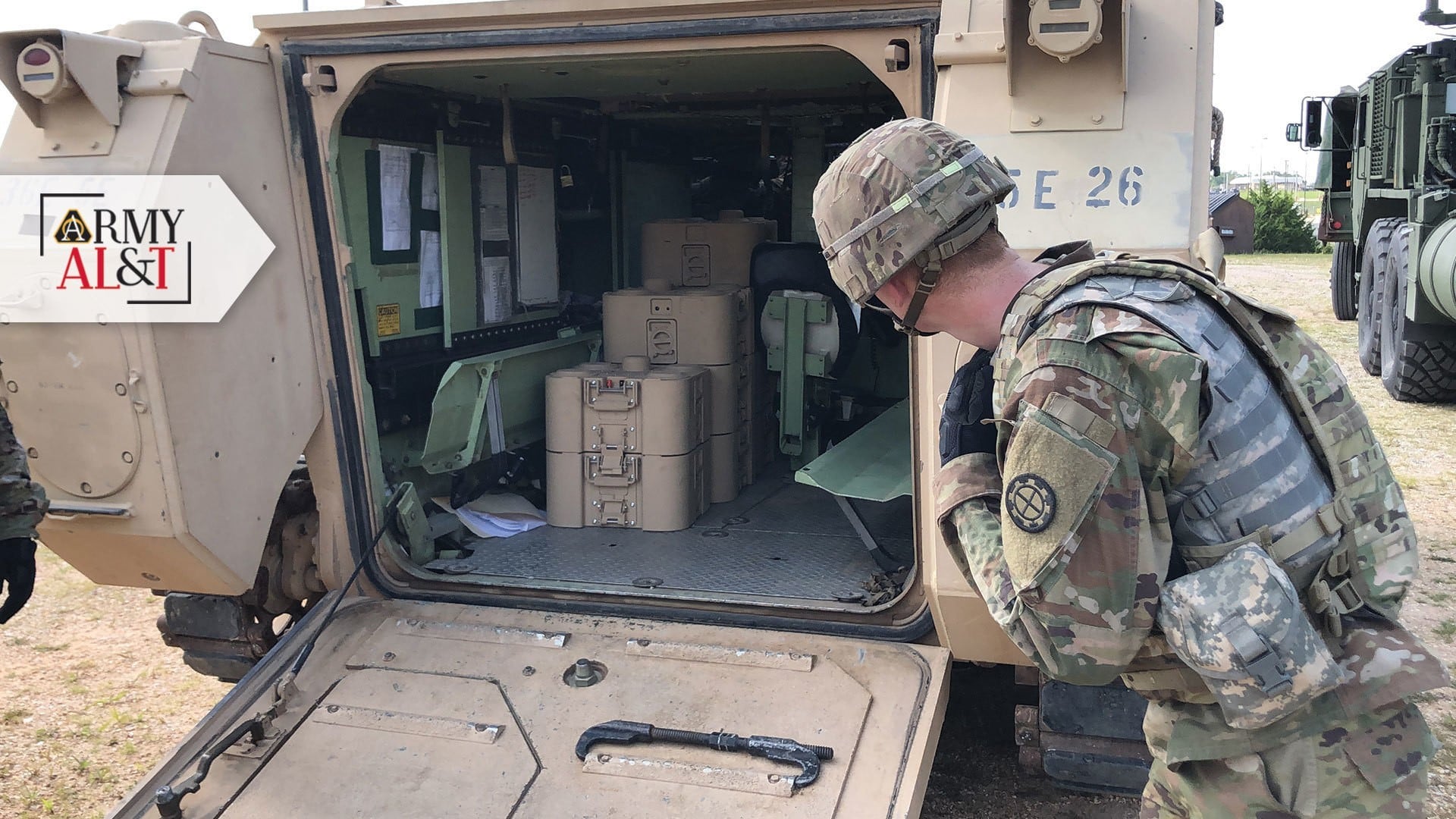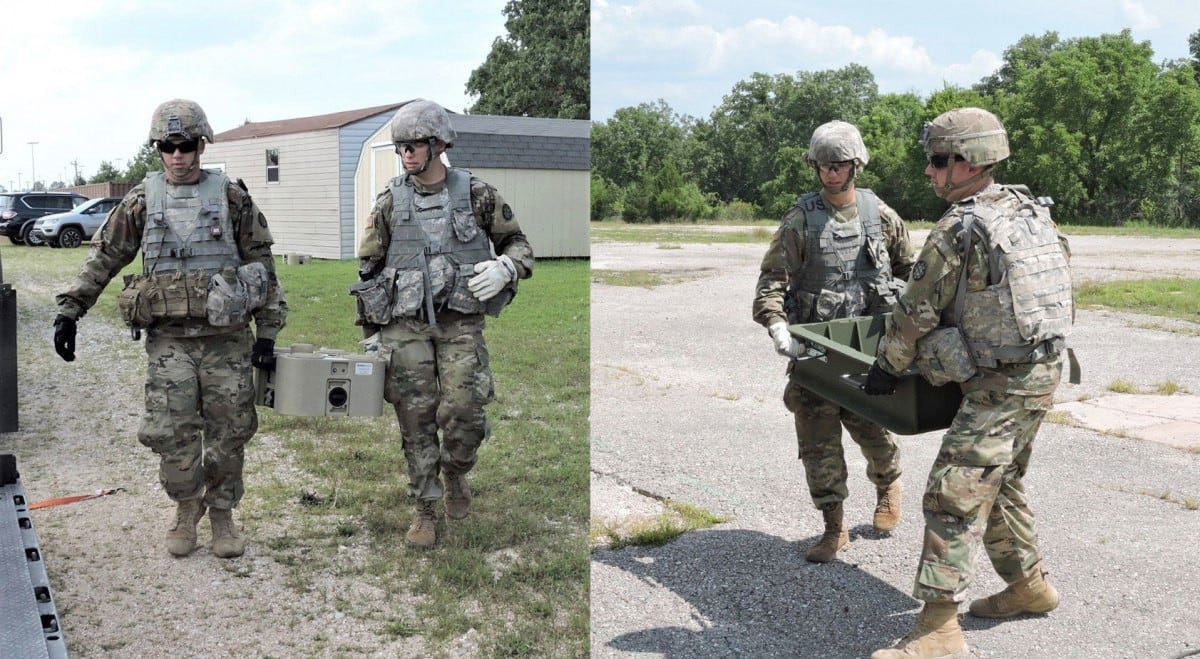The Army has awarded a $162 million contract to Textron Systems to develop the first increment of its close terrain shaping obstacle.
The company will, “design an advanced anti-vehicle, soldier-in-the-loop munition system.”
This is in part to both replace obsolete, treaty-restricted or banned devices and to increase terrain-shaping capabilities in the Army, according to a Textron Systems statement.
“This munition will increase tactical protection for our troops who are facing increasingly sophisticated enemies. For the adversaries and the types of conflicts we see emerging, this will represent a true next generation anti-vehicle weapon,” said Henry, Finneral, senior vice president of Textron’s weapon systems.
RELATED

The munition will have stand-off and top attack capabilities, which aim to deny enemy armored vehicles freedom to maneuver.
“The system will be rapidly emplaced and highly portable and will be designed to be employed alone, in multiples or in tandem with other terrain shaping systems,” according to a Textron statement.
The Army is looking at a five-year period of performance timeline.
The recent award is targeted for increment 1, which includes design, qualification testing and delivering the hardware. The device must eventually show increased effectiveness over legacy systems. Designers will develop a remote-control station to allow soldiers to run the systems and include the ability to turn the system on and off on command.
The key features include a system that can be rapidly emplaced and recovered and is non-persistent, removing problems with older landmines and similar systems.
The company won a contract worth up to $353 million in August for its work on the XM204. The suitcase-sized terrain-shaping obstacle is part of a type of new-generation terrain-shaping obstacles that can target and deter tanks or other tracked vehicles. Some of its features are derived from the legacy XM1100 Scorpion system.
Army Times reported on early testing and development of the system that involved soldiers at Yuma Proving Ground, Arizona in 2021.
With new technologies and new restrictions in recent decades on landmine-styled weapons systems, the Army is seeking a “smart” option that would allow for remote control and deactivation of these types of explosive obstacles.

The company showcased its most recent version of the XM204 at the annual Association of the U.S. Army Annual Meeting & Exposition in October.
At the same event, top Army leaders in the combat engineer community shared details about future implementation for such a system.
Lt. Gen. Scott A. Spellmon, chief of engineers and commanding general of the U.S. Army Corps of Engineers said his regiment’s no. 1 priority for modernization is terrain shaping.
The tool allows soldiers to “control of the battlefield tempo,” Spellmon said.
Col. Kyle T. Moulton, assistant commandant of the Engineer School, said that disuse for the past 20 years, many of the existing systems for emplacing mines and other obstacles are approaching obsolescence.
U.S. Army Europe put out the call for an XM204-like option, Lt. Col. Isaac Cuthbertson, product manager for terrain-shaping obstacles said in a previous Army news release.
In 2019, Army Times reported on the Army’s initial push into the area of updating “dumb landmines” with “smart terrain shaping.”

At the time, some of those included plans for the devices to do their own radio frequency signal jamming, which helps prevent adversaries from using RF to locate or detonate communications-enabled devices.
Two other such systems are the 1980s-era Volcano Scatterable Mine System, which has both anti-personnel and anti-tank mines and the GATOR canister munitions, often an air-delivered batch of 72 anti-tank and 22 anti-personnel mines.
The Volcano uses a UH-60 Black Hawk to create a 1,000-foot minefield in under a minute.
Other devices include the Standoff Activated Volcano System and the Common Anti-Vehicle Munition.
Both systems will be more portable, have more delivery options, use a common munition across platforms and have self-reporting features so soldiers can conduct remote self-deactivation and self-destruct.
Todd South has written about crime, courts, government and the military for multiple publications since 2004 and was named a 2014 Pulitzer finalist for a co-written project on witness intimidation. Todd is a Marine veteran of the Iraq War.





